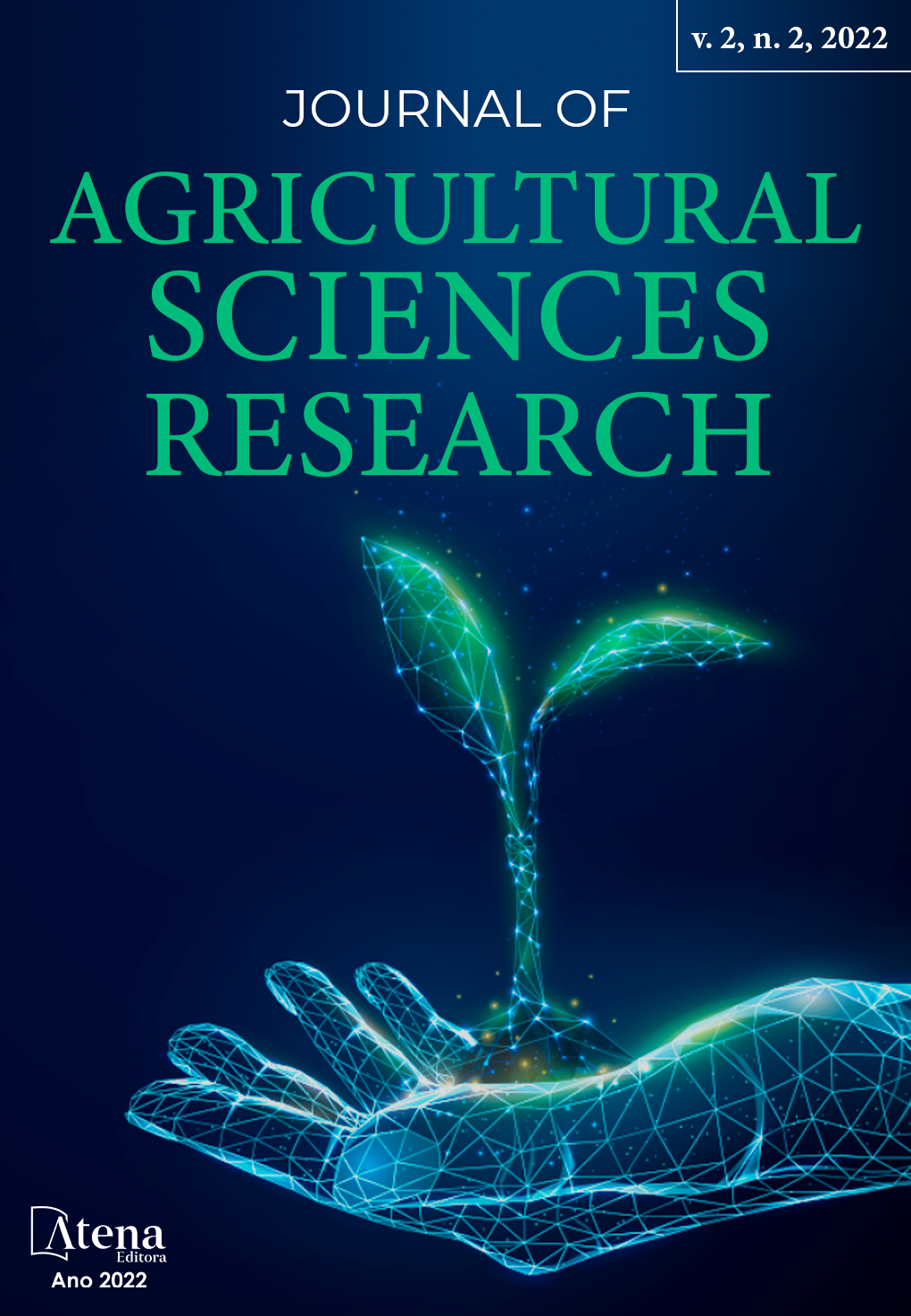
DEVELOPMENT OF A LIGHT SENSOR FOR USE IN FARM ANIMALS
Studies show that the photoperiod (duration of the light period to which the animal is exposed in a day) has a great influence on productivity when associated with other management factors, such as welfare, ambience, nutrition, and disease control. The ideal amount of light varies for each animal species. This is the context of this work, which aimed to develop an equipment to monitor the luminosity of zootechnical facilities, capable of measuring and comparing with the ideal conditions of each species, providing important information for the rural producer. The box of the device was built in a 3D printer, with the help of the Arduino IDE, the C programming language was used to program the controlled micro of the device and to obtain the brightness a temt6000 brightness sensor was used. Using the parameters of light requirements for each animal species, taken from the scientific literature, the equipment developed showed efficiency to measure and classify the luminosity of facilities for production animals.
DEVELOPMENT OF A LIGHT SENSOR FOR USE IN FARM ANIMALS
-
DOI: 10.22533/at.ed.9732222010310
-
Palavras-chave: Ambience, electronic device, photoperiod, Arduino platform, animal productivity.
-
Keywords: Ambience, electronic device, photoperiod, Arduino platform, animal productivity.
-
Abstract:
Studies show that the photoperiod (duration of the light period to which the animal is exposed in a day) has a great influence on productivity when associated with other management factors, such as welfare, ambience, nutrition, and disease control. The ideal amount of light varies for each animal species. This is the context of this work, which aimed to develop an equipment to monitor the luminosity of zootechnical facilities, capable of measuring and comparing with the ideal conditions of each species, providing important information for the rural producer. The box of the device was built in a 3D printer, with the help of the Arduino IDE, the C programming language was used to program the controlled micro of the device and to obtain the brightness a temt6000 brightness sensor was used. Using the parameters of light requirements for each animal species, taken from the scientific literature, the equipment developed showed efficiency to measure and classify the luminosity of facilities for production animals.
-
Número de páginas: 12
- Barbara Martins Duarte
- Käthery Brennecke
- Liandra Maria Abaker Bertipaglia
- Cynthia Pieri Zeferino
- Cássia Maria Barroso Orlandi
- Luiz Arthur Malta Pereira


